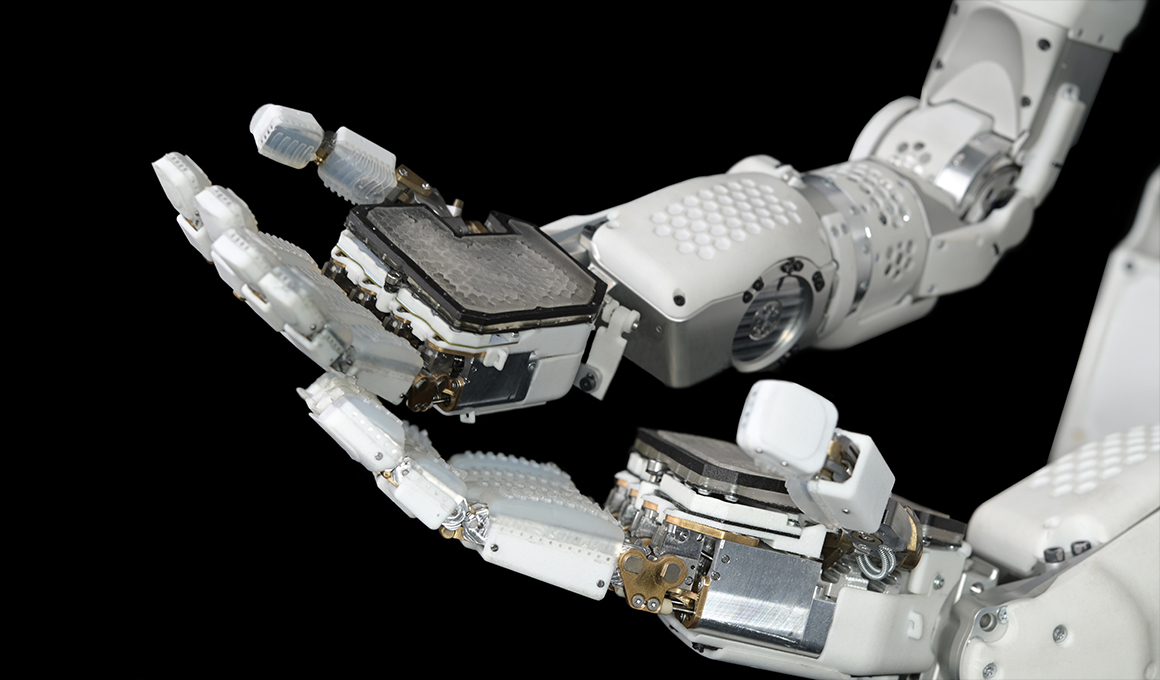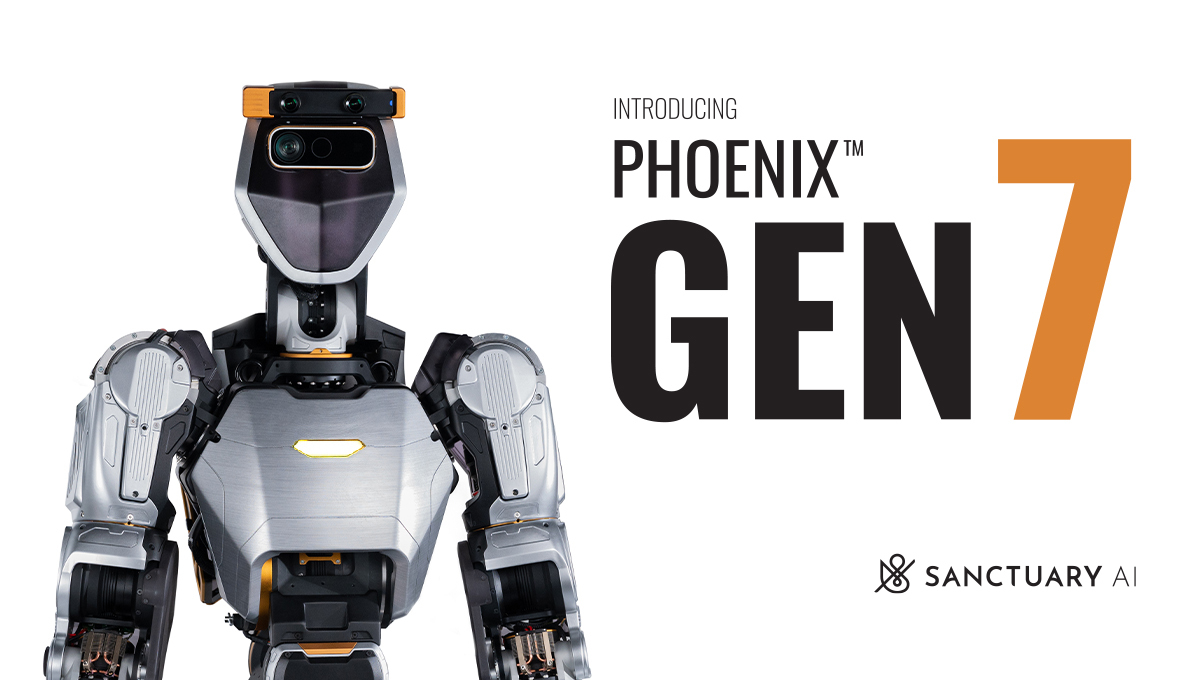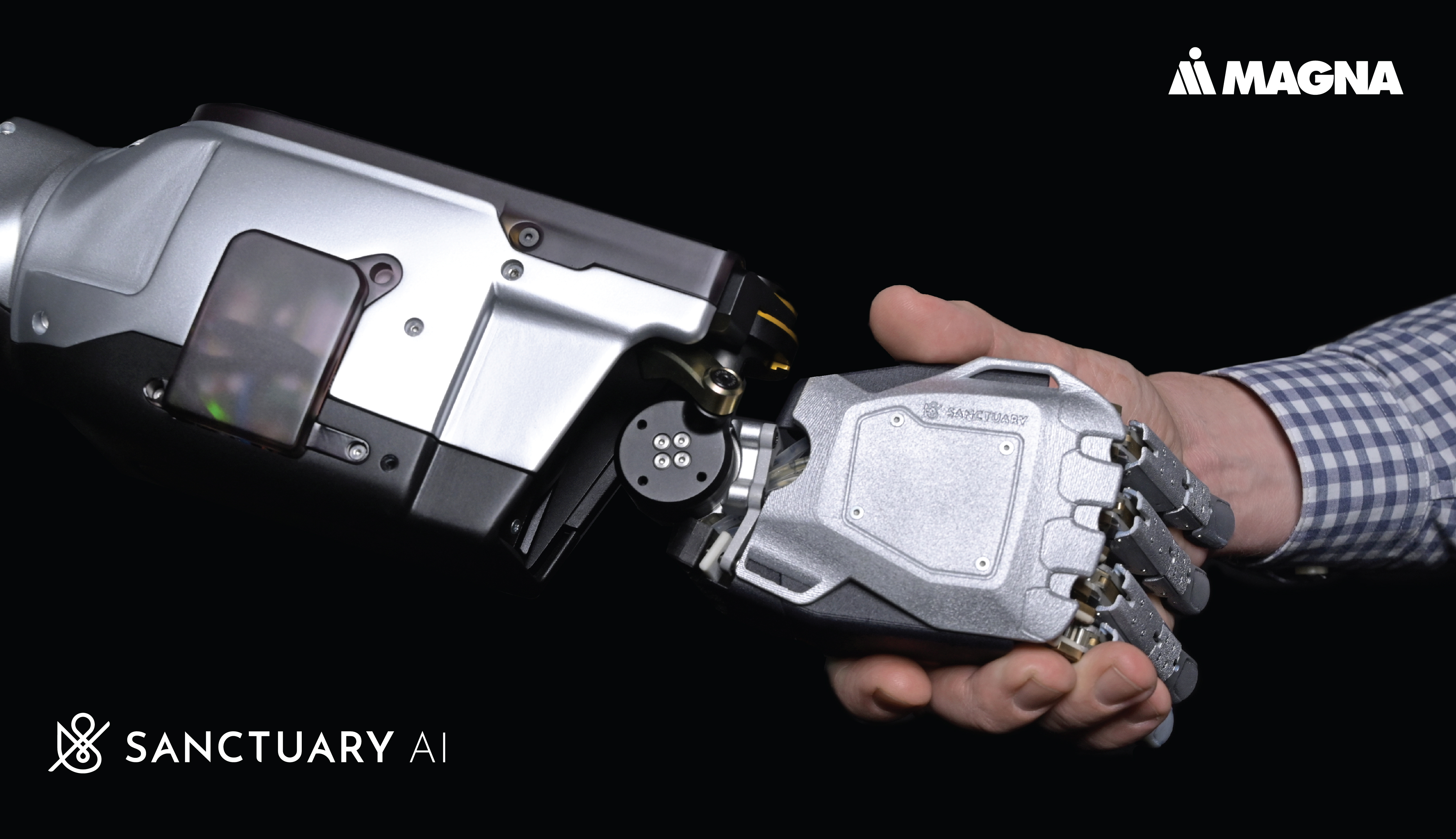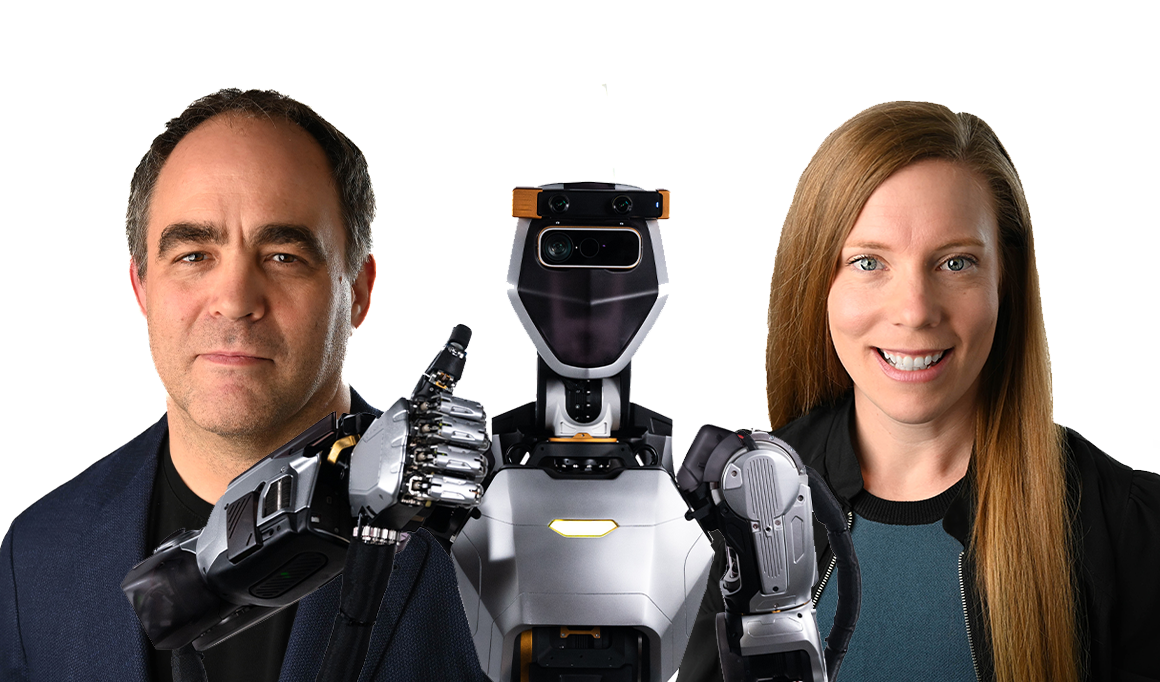
Previous Posts in this Series:
If you want to build a humanoid robot that is truly general-purpose, you can’t do it without dexterous human-like hands. Hands are the key to work, whether we’re talking about tasks in workplace settings or the domestic activities we do in our day-to-day lives, like retrieving the mail, turning on lights, preparing food, and cleaning.
We take for granted the complexity and incredible capabilities our hands provide us. They are the primary tools we use to act upon our thoughts and engage with the real world. Approximately one-quarter of all our bones are located in our hands–one hand alone has 27 bones. To translate the anatomical marvel of our hands into an equally as capable robotic version may seem overwhelmingly challenging, but it's absolutely necessary to create a humanoid robot with true general-purpose use. So let’s go “hands-on” and discuss the top-five reasons why gross motor skills alone simply aren’t enough:
1. Fine manipulation is required for 98.7% of all work

According to the U.S. Bureau of Labor Statistics, “fine manipulation is defined as picking, pinching, touching, or otherwise working primarily with fingers rather than the whole hand or arm.” That type of fine manipulation is required for nearly 99% of all work and spreads across virtually all industries. If people need fine manipulation to perform 99% of all work, then humanoid general-purpose robots also need fine manipulation to assist with 99% of all work. If they can’t use their fingers, then their potential to contribute to the workforce is limited. With birth rates declining, populations aging, and labor shortages worsening, there is a dire need for technology to fill gaps in the workforce–gaps that can only be filled by humanoid general-purpose robots with human-like hands.
2. The significance of hands, tools, and early technology

Before we had heavy machinery, tools, and computers, all we had were rocks and sticks. Our ability to utilize tools has always set us aside from other species and propelled our advancement as a civilization. Our dexterous, capable hands allowed us to pick up rocks to bash things, sharpen sticks into spears, and create rock flakes for weapons–these were our first technologies. Hands have always been what we use to interface with the world and utilize tools to create even better tools that advance civilization. Naturally, the tools we have made are designed for our hands and, as a result, in order for someone–or something–to effectively use them, they also need human-like hands.
But it doesn’t just stop at tools. Think about all the handles, buttons, knobs, switches, levers, dials, touchscreens, trackpads, joysticks, scroll wheels, keyboards, trackballs, and computer mice that make up every control panel or interface to a piece of equipment, machinery, or technology that we interact with as people in the world. The size of the investment we have made as a civilization into architecting the world to be an interface to human-like hands is almost immeasurable. As such, having human-like hands on a robot that is truly general-purpose is a gigantic advantage.
3. A worker’s value is not primarily in their legs

There are millions of jobs that don’t depend on bipedal mobility, or the ability to walk upright on two legs like a person. According to the United States CDC, 11.1% of the population has a mobility disability, which is classified as having serious difficulty walking or climbing stairs. There are many wheelchair, scooter, cane, and walker users actively participating in the workforce and bringing tremendous benefit to the economy because having value as a worker is not primarily defined by legs.
4. If legs were the key to work, bipedal robots would already be everywhere

Bipedal robots that can walk on two legs have been around for several decades. Yet, we still aren’t seeing these types of robots assisting with work in the real world in any meaningful numbers. Legs alone just aren’t the key capability needed, not to mention the walking ability of many bipedal robots is still quite limited/clumsy, making it so the legs are not yet the force multiplier they one day could be. I wonder if the focus on legs is a consequence of our tendency as people to work on a problem from “the ground up.” Given that the legs on a bipedal humanoid robot are the nearest thing to the ground, this logic would have us address that problem first. Sure, they’re a part of a complete humanoid robot, but they are not the most crucial element needed to unlock work.
5. Hands are the key to work; our successful commercial deployments prove this theory to be true

Sanctuary AI general-purpose robots feature state-of-the-art robotic hands: in fact, we believe they are the best robotic hands available. It’s because of our incredible hands that Sanctuary AI has already been able to successfully deploy robots to customer sites to do work. Sanctuary AI robots can perform hundreds of tasks, some of which are accomplished through gross motor movement, but most are performed with the highly dexterous hands on the robots.
Hands are what provide Sanctuary AI robots adaptability in work settings. Environments can change, objects can move locations or even change sizes, but hands can adjust to dynamic variables in order to get the job done.
While having dexterous human-like hands is a necessity, they are not the only element that is needed to create humanoid general-purpose robots that can do work. Human-like intelligence is also something that is an absolute necessity, among other things. We’ll have more to share in future blog posts and videos on this and other topics.
Ben Reed
CMO
Sanctuary AI
____
Sanctuary AI is on a mission to create the world’s first human-like intelligence in general-purpose robots that will help us work more safely, efficiently, and sustainably, helping to address the labor challenges facing many organizations today. Sanctuary AI's growing list of customers and investors represents a wide variety of industries across Canada, the U.S., and other countries around the world.
Join us and work with world leaders in the fields of artificial intelligence, cognition, and robotics—all working together toward a common goal. Visit our careers page to learn more.




